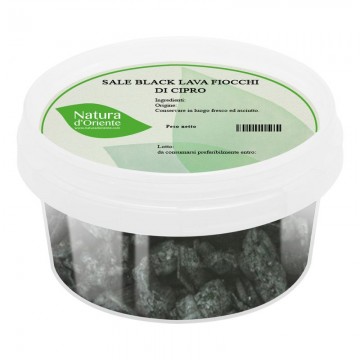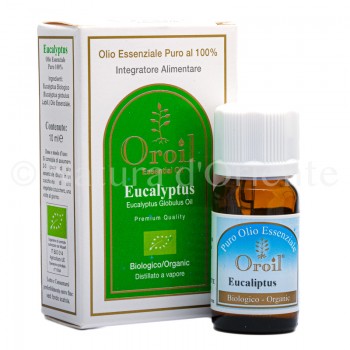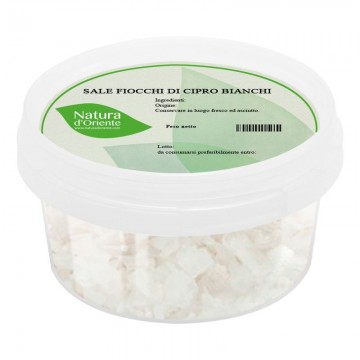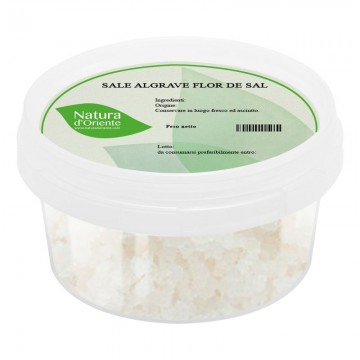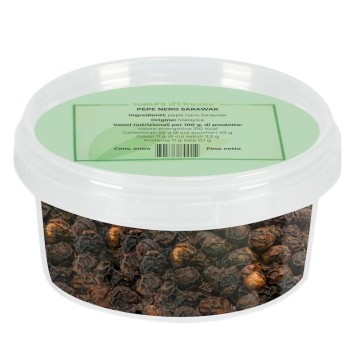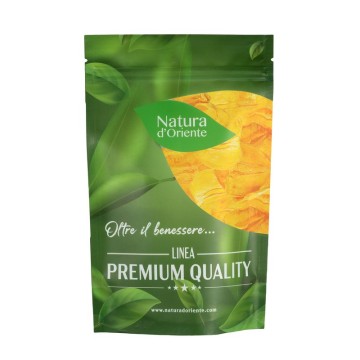Black salt washes cypress flakes
It comes from the salt lakes of Larnaca and Limassol, which owe their strong saline concentration to the nearby sea, which filters the extremely porous soil. The Cyprus salt is enriched with charcoal obtained from the combustion of softwood barks such as lime, birch and willow - which give it its typical dark color.
Ingredients:
Cyprus sea salt flakes, activated carbon.

